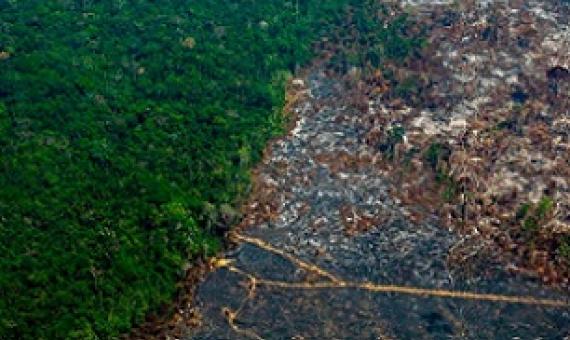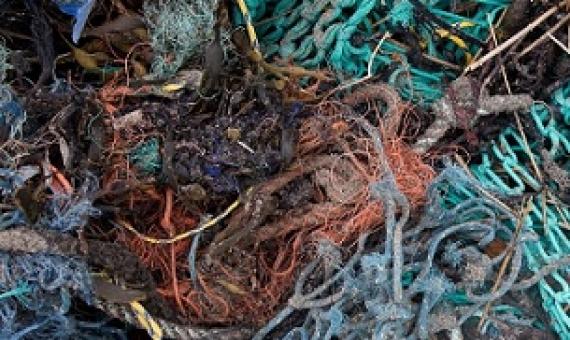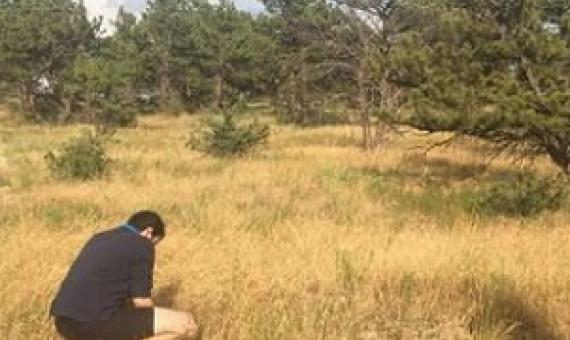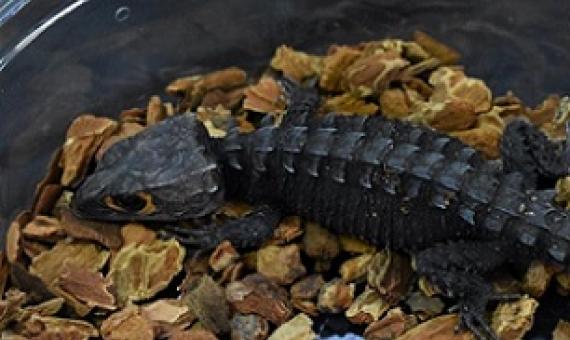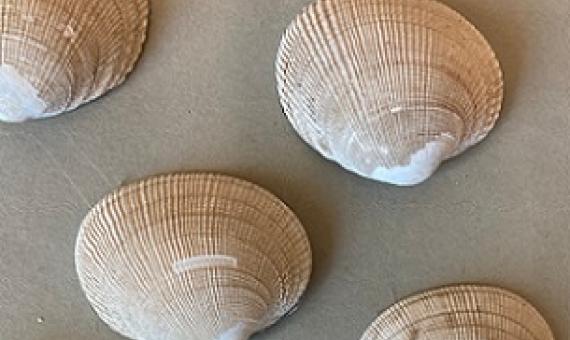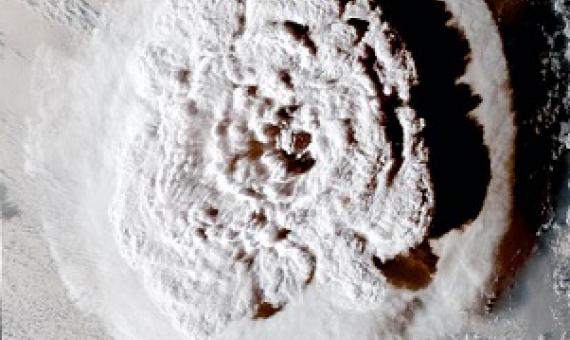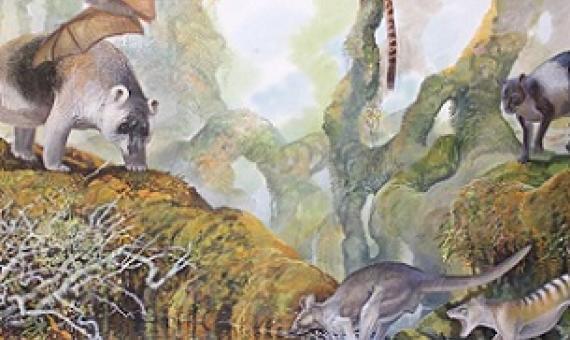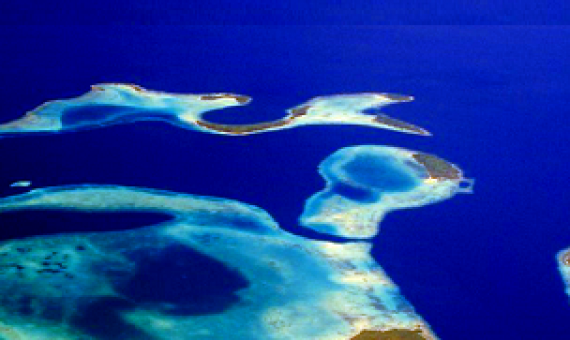Assessing the quantity and quality of marine protected areas in the Mariana Islands
Marine protected areas (MPAs) are ubiquitous in global ocean conservation and play a pivotal role in achieving local, national, and regional area-based conservation targets. Often, such targets are merely met on “paper” and lack the political or managerial resources to produce positive conservation outcomes. Here, we apply the MPA Guide – a framework for assessing the quantity and quality of marine protected areas – to Guam and the Commonwealth of the Northern Mariana Islands (CNMI), two U.S. territories in the Western Pacific.

